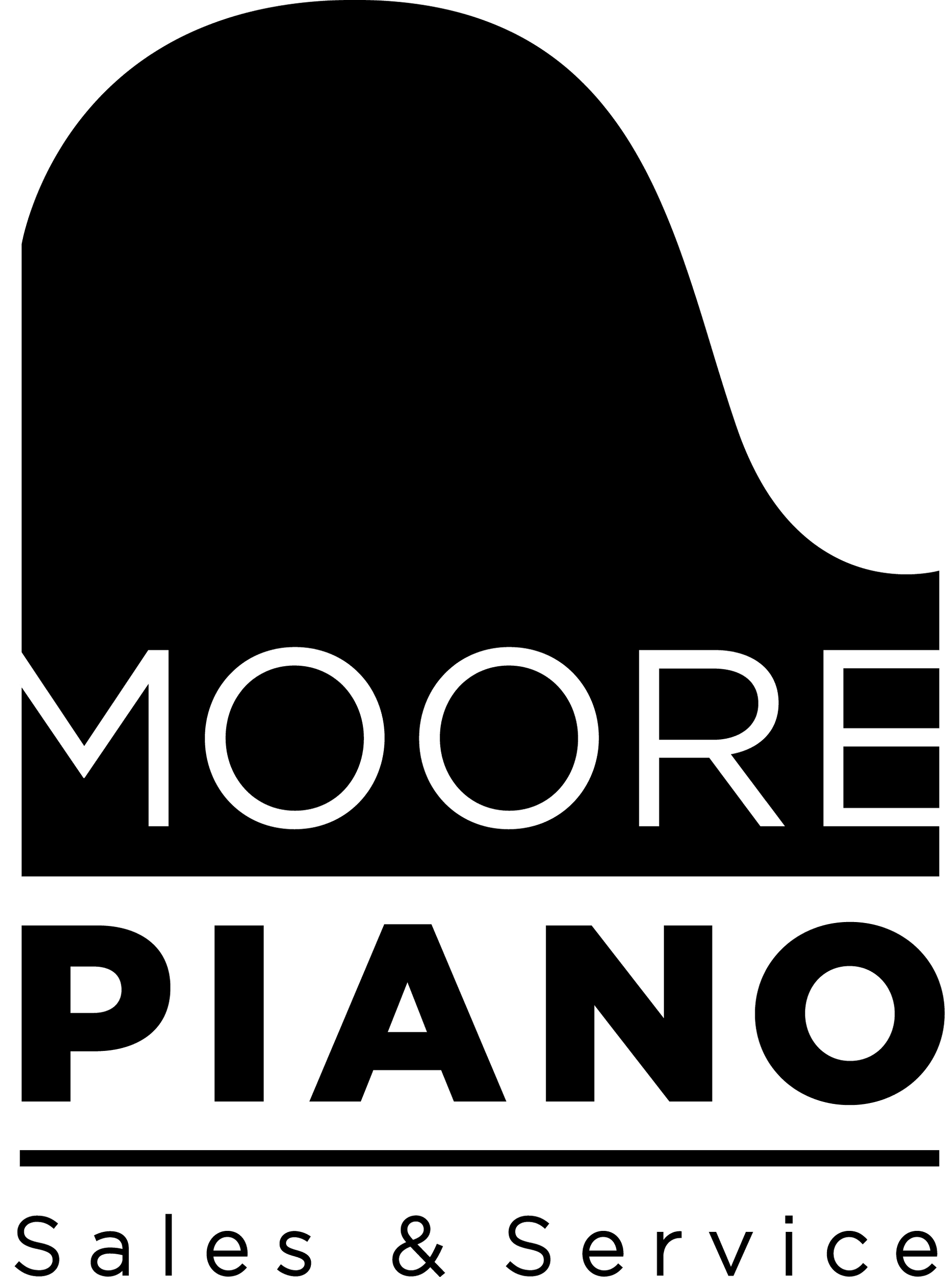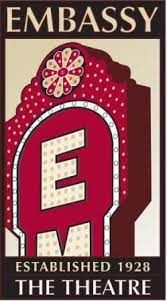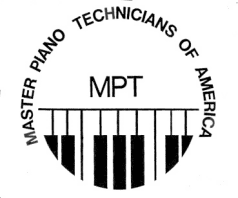A Brief History of 10 Top Christmas Carols for the Piano
 The Christmas season is filled with joy, celebrations, and family gatherings. Beautiful Christmas carols are a staple throughout the Christmas season, from quiet evenings around the fireplace to parties and piano concerts.
The Christmas season is filled with joy, celebrations, and family gatherings. Beautiful Christmas carols are a staple throughout the Christmas season, from quiet evenings around the fireplace to parties and piano concerts.
For the benefit of our readers, Moore Piano has curated a list of the top 10 Christmas carols for the piano that nearly anyone can learn how to play, along with a short history of the songs and some trivia about each one.
#1: Silent Night
The real history of the hymn, Silent Night (Stille Nacht, Heilige Nacht), is shrouded in mystery. The most common tale is that Joseph Mohr, an Austrian priest, wrote this iconic Christmas carol in 1816. Then, on Christmas Eve in 1818, Mohr discovered the church organ was damaged by mice and would not be repaired in time for the midnight mass.
Mohr asked his friend, Fraz Gruber, to write some simple music for his congregation. Gruber composed the gentle lullaby and performed it on the guitar at midnight Christmas mass.
After Christmas, the repairman who came to fix the organ was so impressed by the song that he made a copy and shared it with the Strassar Family, who performed it at their concerts. The Strassars published Silent Night in 1838.
Though this tale is probably not 100% accurate, the truth is Silent Night is now translated into more than 100 languages. It remains one of the most recognized and popular Christmas carols in the world. It was even sung by the troops on both sides at the December 25 truce during World War I.
The music is very simple and beautiful. It’s written in C Major and has a ¾ time signature, making it ideal for pianists of every ability. Get the sheet music for Silent Night.
#2: Oh Come All Ye Faithful
John Francis Wade wrote the Latin version of this Christmas carol in 1760. John fled England after the 1745 Jacobite rebellion. Some historians assert that Wade took the words from a Latin hymn written by monks as early as the 13th century. Other people believe Wade designed this song to double as a coded message, calling the faithful to rally behind the Stewart cause in the on-going rebellion in England.
While Wade wrote the lyrics, Samuel Webbe composed the tune around 1782. Frederick Oakley and William Brooke translated the song into English in 1841.
During the Victorian era, this carol gained the nickname and reputation, “the Portuguese hymn.” Nobody is quite sure where this reputation came from. Some people say it came about because it was a popular Christmas song at the Portuguese embassy.
Oh Come All Ye Faithful is written in the key of G major. It is a bold tune that is fun to play.
#3: Oh Holy Night
This Christmas hymn has a strange history. The lyrics were written by Placide Cappeau, an atheist; and the beautiful music composed by Adolphe Adams, a Jew.
Oh Holy Night focuses on humility and shared humanity among all people–including slaves and women. These were controversial ideas in the 1850s! There are many wild and wonderful legends connected to Oh Holy Night that are worth further exploration.
Download the sheet music for Oh Holy Night and learn to play this courageous little hymn for your next family Christmas gathering or recital.
#4: What Child Is This?
The Christmas carol, What Child Is This is set to the tune “Greensleeves,” which was initially a pub song with some salacious lyrics. The music dates back to around 1580 , and the original lyrics spoke of a lover accusing “Lady Greensleeves” of casting him off even though he pays for her lodging and buys her nice things.
The song Greensleeves remained popular, and people even added their own lyrics. William Chatterton Dix wrote his own poem titled “The Manger Throne” in 1865 while recovering from depression and near-fatal illness. Then, in 1871, Sir John Stainer set Dix’s poetry to the Greensleeves tune, and it quickly became a popular Christmas carol.
#5: God Rest Ye Merry Gentlemen
Nobody is quite sure who wrote the words or tune of God Rest Ye Merry Gentlemen. The lyrics were first published in 1833. Some speculate the song came from one of the bands that traveled around London playing in taverns.
The song was featured in Bing Crosby’s White Christmas album in 1945, which is the best-selling Christmas record of all time.
It is a peppy song that is fun and easy to play on the piano.
#6: We Three Kings
John Henry Hopkins, Jr composed the words and lyrics of this popular Christmas carol. Hopkins wrote the song based on the narrative of the magi traveling to find Jesus (found in Matthew 2). He meant for the tune to have a “plodding feel of a long journey,” so the singer can better identify with the magi.
For many years, hymnal editors considered this carol to be the only Christmas song contributed by an American composer. It remains a popular song at Christmas pageants and recitals.
#7: Away In A Manger
With only three short verses, this Christmas carol is a popular song for young children to learn. Nobody is quite sure where the hymn came from, and there are so many legends that it is difficult to separate fact from myth.
Away In A Manger was first published in Philadelphia in the 1885 edition of Little Children’s Book for Schools and Families. It only included two verses and was set to a tune called “St. Kilda.”
In 1887, American hymn writer, James Ramsey Murray included the song in his booklet, Dainty Songs for Little Lads and Lasses, but he gave Martin Luther credit. Murray titled it “Luther’s Cradle Hymn,” claiming Luther wrote it for his children and that German mothers often sing it to their children.
Martin Luther did not write this carol. It was probably a clever marketing ploy, but the song remains popular, especially for young children to sing and play during the Christmas season.
#8: Joy To The World
This Christmas carol is the result of a collaboration of at least three people and is based on Psalm 98, not the Christmas story. English poet, Isaac Watts, paraphrased Psalm 98 in two parts.
George Frederic Handel composed the wonderful “Handel’s Messiah.” Though Handel and Watts were contemporaries and both lived in London, they did not collaborate. Boston music educator Lowell Mason published his own rendition of parts of Handel’s Messiah in 1836 and named the tune “Antioch.” This is the most popular tune to which Joy To The World is sung (though this version remains virtually unknown in England).
The result of this unlikely collaboration is a wildly popular Christmas hymn based on an Old Testament psalm, set to music composed in England by a German musician, and put together by an American.
#9: The First Noel
The First Noel dates back to the 13th or 14th century. Historians believe the song came from popular dramatizations of favorite Bible stories called “Miracle Plays.” “Noel” is the French word for Christmas. It’s from the Latin word “natalis,” which means “birthday.”
Most medieval poetry was written to be sung, so historians assume the words were written for a tune that was already popular.
In the early 19th century, singing Christmas carols was not very popular in England, and some people were concerned that celebrating Christmas was ‘on the wane.’ William Sandys compiled a collection of corals to preserve them and try to revive their popularity. Sandys is credited with being the first to publish The First Noel with words. All the versions of this carol published since 1833 have been based on the one in Sandys’ collection.
#10: Angels We Have Heard On High
No one is quite sure where this popular Christmas carol came from. Historians tend to connect it to southern France, where shepherds had a tradition of celebrating the birth of Jesus by shouting “Gloria in Excelsis Deo, Gloria in Excelsis Deo!” from one hill to the next on Christmas eve. The shouts filled the night air all over the French countryside.
The words were put to music sometime in the 18th century, and it became the French carol “Les Anges dans nos Campagnes.” The version we know today was first published in an1855 collection of Christmas carols.
Download the sheet music and lead your friends and family in a rousing rendition of Angels We Have Heard On High this Christmas eve in honor of the ancient French shepherds.
Now that you know a brief history of the top ten Christmas carols, we hope you will learn to play a few new carols and perhaps wow your friends with some festive trivia.
The post A Brief History of 10 Top Christmas Carols for the Piano appeared first on Moore Piano.
The Unmatched Piano Blog


















